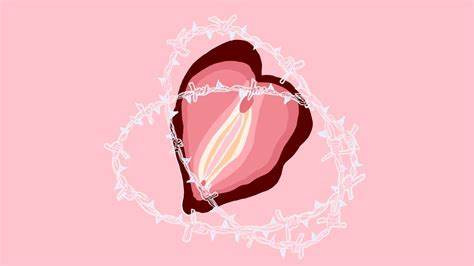Have you ever encountered discomfort or pain during sexual intercourse or routine gynecology checkups? If yes, then you might have a condition called Vaginismus.
In simple terms, vaginismus is characterized by intense pain experienced by a person when an object is used to penetrate or enter the vaginal canal. This occurs due to the spasm of the vaginal and pelvic floor muscles and is commonly encountered during sexual intercourse involving penetration of the vagina. Vaginismus is a condition that affects many individuals but is often shrouded in silence due to its intimate nature. Vaginismus is broadly classified into two types: Primary and Secondary.
Primary vaginismus is when there is no lesion in the vagina or surrounding muscles, but the spasm occurs involuntarily during penetration attempts. This may happen at the start of one’s sexual exploration or follow after years of painless sex. In someone who is sexually inactive, the pain/spasm might be first noticed during:
Inserting a tampon or menstrual cups during their period
Any instruments inserted in the vagina for a medical check up
There might be a general fear associated with the thought of anything entering the vagina
The associated pain and spasm can make penetration difficult or even impossible.
Now what causes, primary vaginismus? Well, there is no definite answer to that. A particular cause is not reported to be the exact one in every case of primary vaginismus, but it has been known to be linked to a fear of sex or a bad sexual experience. Emotional factors or post-traumatic stress disorder may also be associated factors.
Secondary vaginismus is associated with the presence of a physical lesion in the vagina or surrounding areas. The cause for the spasm and pain is the presence of this lesion and resolving the underlying physical issue typically alleviates the symptoms.
Where secondary causes are straight forward, the management of the primary vaginismus is a work in progress. The following steps should be taken if you experience any of the symptoms mentioned in this article or think that you may be suffering from vaginismus.
First, consult a trusted doctor, and preferably a gynecologist a comprehensive examination to determine the type of vaginismus. The diagnosis of primary or secondary vaginismus will be made on the absence or presence of any lower abdominal or vaginal lesions.
After the diagnosis of primary vaginismus is made, counselling is done regarding the condition and the patient is reminded that they are not responsible for causing it and no shame should be associated. Then a suitable treatment plan is generated.
It is of utmost importance to keep in mind that with a personal treatment plan, patience and willingness to follow medical advice, the condition is manageable, and most patients will be able to enjoy painless sexual intercourse in their near future. The treatment strategies include pelvic floor exercises, addressing any specific triggers, professional counselling especially if there is an association with fear, and the serial insertion of cone-like instruments called dilators in the vagina under medical guidance.
Recognizing that sexual health is integral to overall well-being, it's essential to address both positive and negative sexual experiences. Understanding that there is no universal definition of "normal" sex and being open to seeking professional advice are critical steps in taking control of one's sex life. With a personalized treatment plan and commitment to the prescribed interventions, individuals dealing with vaginismus can achieve a fulfilling and pain-free sexual life.
Resources:
1. https://www.healthline.com/health/vaginismus#outlook
2. https://www.webmd.com/women/guide/vaginismus-causes-symptoms-treatments
